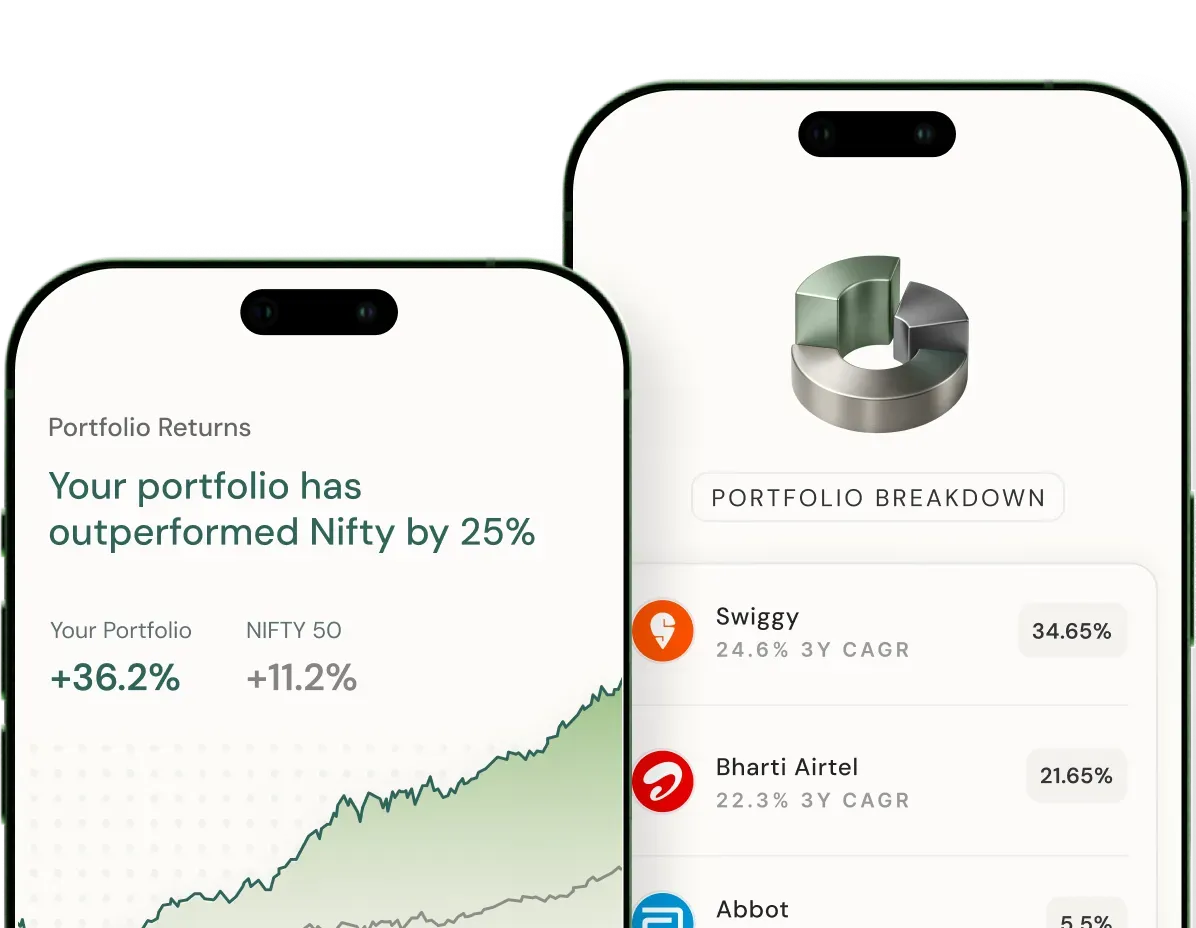Table of Contents
View All ![]()

View All ![]()
Positional Trading Strategies
Advantages and Disadvantages of Positional Trading
How to Trade Using Positional Trading Strategies
Limitations of Positional Trading
Conclusion
Positional trading is a trading style that suits those who prefer focusing on long-term market trends. This approach focuses on big-picture price movements, ignoring minor daily fluctuations. If you want a trading style that demands patience but offers potentially significant returns, positional trading might be for you.
This blog will explain effective strategies, the advantages and disadvantages of positional trading, and how to navigate its limitations. Whether you’re new to trading or looking to refine your approach, you’ll find actionable insights to help you succeed.
Positional trading involves several strategies that can help traders make informed decisions and achieve better results
Positional trading offers both benefits and challenges. Understanding these can help you decide if this strategy matches your trading style and goals.
| Advantages | Disadvantages |
| Requires less daily monitoring, suitable for busy individuals. | Demands patience as profits may take time. |
| Lower transaction costs compared to frequent trading. | Tied-up capital can limit flexibility. |
| It focuses on long-term gains and minimises daily price noise. | Vulnerable to unexpected market events. |
| Allows traders to benefit from major market trends. | May require higher initial capital investment. |
| Reduces stress by avoiding daily price fluctuations | Not ideal for volatile or unpredictable markets. |
Positional trading is a strategy where you hold an investment for weeks, months, or even years. It’s different from day trading or swing trading because you aim to benefit from long-term trends rather than short-term price movements. Here’s how you can trade using positional trading strategies:
1. Understand Market Trends
Before you start, study the market carefully. Use tools like charts and news updates to identify long-term trends. Look for patterns that indicate whether the price of a stock, commodity, or asset is likely to rise or fall over time.
2. Choose the Right Asset
Pick investments that have strong growth potential. Research companies, industries, or assets that are performing well or are expected to improve. Diversifying your choices can also reduce risks.
3. Use Technical and Fundamental Analysis
Technical analysis helps you study charts and past price movements. Fundamental analysis focuses on the company’s performance, including its financial health, market position, and future prospects. Both are essential for making informed decisions.
4. Set a Target and Stop-Loss
Decide in advance the profit level at which you’ll sell and the loss you’re willing to accept. Setting these limits helps avoid emotional decisions and protects your capital.
5. Be Patient
Positional trading requires time and patience. Monitor your investments regularly but avoid reacting to every market change. Trust your analysis and stick to your plan.
While positional trading has its advantages, there are some limitations to keep in mind
1. Time Commitment
Positional trading requires holding trades for weeks or months. This means profits take time to materialise, which can be challenging for those looking for quick returns.
2. Higher Capital Requirement
To hold positions over the long term, you often need a significant amount of money. This is especially true when trading in high-value stocks or commodities.
3. Market Unpredictability
Even with thorough analysis, unexpected events like economic changes or market crashes can impact your positions. These unforeseen movements can lead to losses if you’re not prepared.
4. Need for Patience and Discipline
Emotional reactions to short-term market fluctuations can result in poor decisions. Positional trading demands a calm and disciplined approach to avoid costly mistakes.
5. Opportunity Cost
The capital locked in one trade may limit your ability to invest in other potential opportunities. This can reduce your chances of making additional profits during the holding period.
Positional trading is an excellent choice for patient investors looking to benefit from long-term market trends. By focusing on solid analysis and maintaining discipline, you can make informed decisions and achieve steady growth. Whether you’re new to trading or an experienced investor, mastering these strategies can help you unlock your portfolio’s full potential.

A seasoned investment professional with over 17 years of experience in AIF and PMS operations, investments, and research analysis. Abhishek holds an Executive MBA from the Faculty of Management Studies, University of Delhi, and has deep expertise in securities analysis, portfolio management, financial analytics, reporting and derivatives.
Disclaimer: This information is for general information purposes only. Investments in the securities market are subject to market risks, read all the related documents carefully before investing.
Impress your coworkers with your finance insights


20 MinsMutual Funds
A Beginner's Guide to Mutual Funds in 2024

8 MinsSIPs
How SIPs Help You Beat the Market with Rupee Cost Averaging

11 MinsSIPs
SIP vs. Lumpsum Mutual Fund Returns: Which is Better?
Scan this QR to download the App

